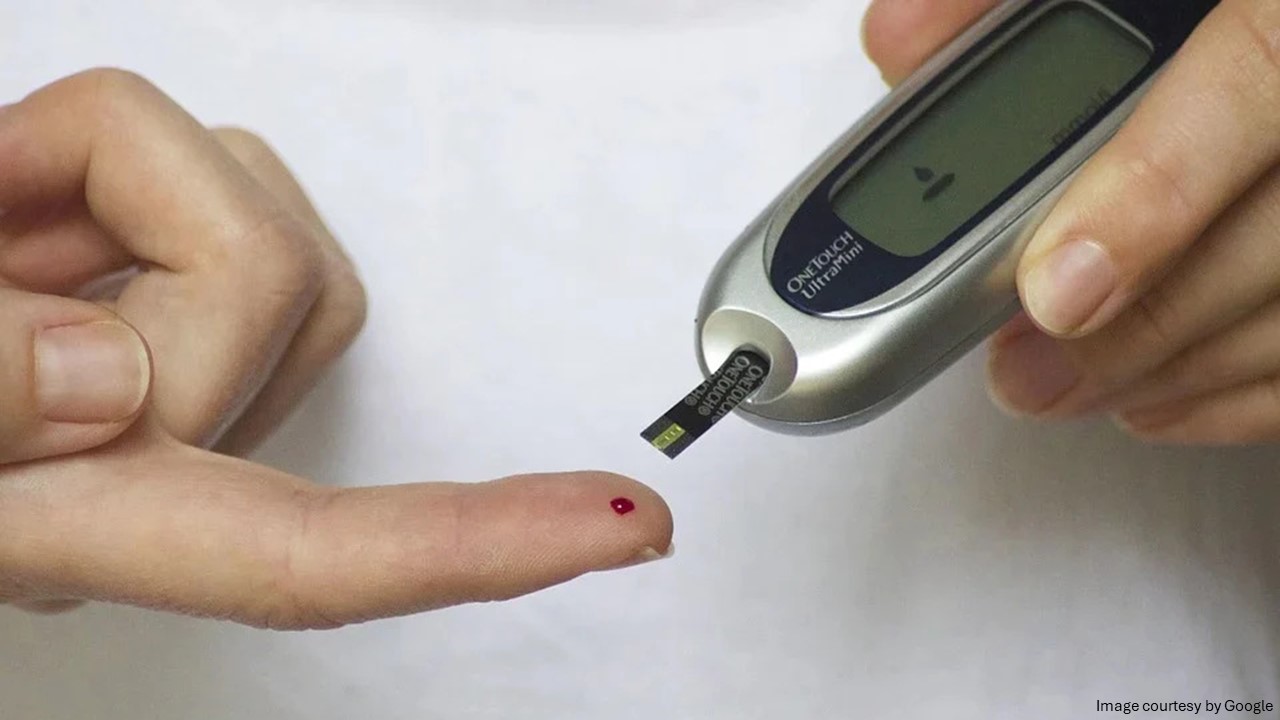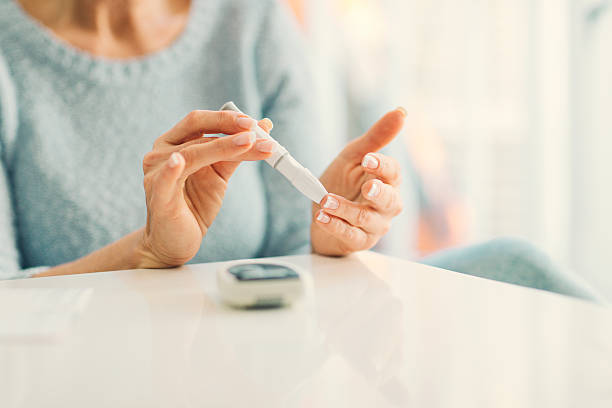Testing blood sugar levels at home is essential for a diabetes management plan. Depending on your current medical condition, you may need a healthcare specialist several times yearly for professional testing. You may also need to visit your health care professional for preventive testing such as high blood pressure, cholesterol checks, and eye exams. While staying in touch with your doctor, it is important to stick to your diabetes treatment plan, and you can test your blood glucose level at home if he advises you. Self-monitoring the blood sugar could be vital to your diabetes plan. Testing blood glucose levels at home allows you to learn how to manage blood sugar no matter where you are or the times of the day.
Let’s find out how diabetes or sugar test at home can be performed and how these tests work. Speak to your doctor about the benefits of home testing and more.
Who Should Take Diabetes Home Tests?
A diabetologist or endocrinologist will decide whether you need to test your blood glucose levels at home or not. If you need to do it, he will advise you on how often you should test and what times of the day. He will also tell you the blood sugar targets for you. You may consider blood sugar testing at home for:
- Type I diabetes
- Type II diabetes
- Symptoms of diabetes
- Prediabetes
By closely monitoring blood sugar levels, one can identify healthcare complications associated with diabetes. Centers for Disease Control and Prevention (CDC) suggest the normal blood glucose range is between 70 and 140 (mg/dL). Low blood sugar, called hypoglycemia, occurs when the blood sugar level is below 70mg/dL and high blood sugar or the condition is well above 140 mg/dL.
By controlling blood glucose at a normal range, you may prevent complications associated with diabetes. These include gum disease, eye disorder, nerve damage, kidney impairment, and diabetic coma.

How to perform the test?
Blood sugar tests come in different forms, but they all serve the same purpose. Check diabetes at home and buy diabetes medicines online without going outside your home. Home tests provide information about your sugar levels at a particular time. Most home diabetes tests need:
- A small needle and a lancet device to hold the needle.
- A glucose meter
- Test strips
- Portable cases
Cords to download (if required)
How to perform diabetes tests at home?
Well, to perform home tests, you can follow these steps:
- Rinse your hands
- Put the needle into the lancet device to make it ready
- Place a fresh strip into the meter
- Prick the finger with the lancet device
- Carefully place a drop of blood onto the strip and wait for the results.
Results may appear within a few seconds. With some glucose meters, you need to be sure the code on the strip matches the code that appears on the meter. Also, check the data on the strips to ensure you are not out of date. Now, most glucose meters have an alternative site for a test, such as a forearm. Discuss with your healthcare specialist what’s best for you.
Tips for Accurate Testing
How to check your blood sugar at home? You can have the most accurate results by pricking your finger at home. Some sugar tests allow you to prick your arm or thigh; discuss this with your doctor before doing this. Furthermore, your doctor will likely prescribe a few daily tests if you take insulin. You should discuss how to test sugar if you do not take insulin. You may perform a blood glucose test before and after meals to check how your diet affects sugar levels. After eating simple carbohydrates or sugary foods, take a test to ensure your blood glucose hasn’t risen.
Also, it is important to test whenever you make any changes to your treatment plan or if you feel sick. You can make a blood glucose chart to track your results. Whether you record your reading on paper or electronically, having this information can help you identify potential problems. You should keep that chart to show it to your doctor when you visit them. While tracking your results, also make sure to mention:
- The date and time of the test
- Any medications you are taking
- Whether the test was before or after a meal
- Food items you ate
- Any physical activity you did that day
Self-monitoring is key in determining how well your diabetes is doing daily. A lab test can help determine how well you control your blood glucose levels. This exercise helps you and your doctor to decide how often to take a home test and your target sugar levels.



